7 Facts About Sea Stars That Are Out of This World
How much do you know about the stars of the sea?
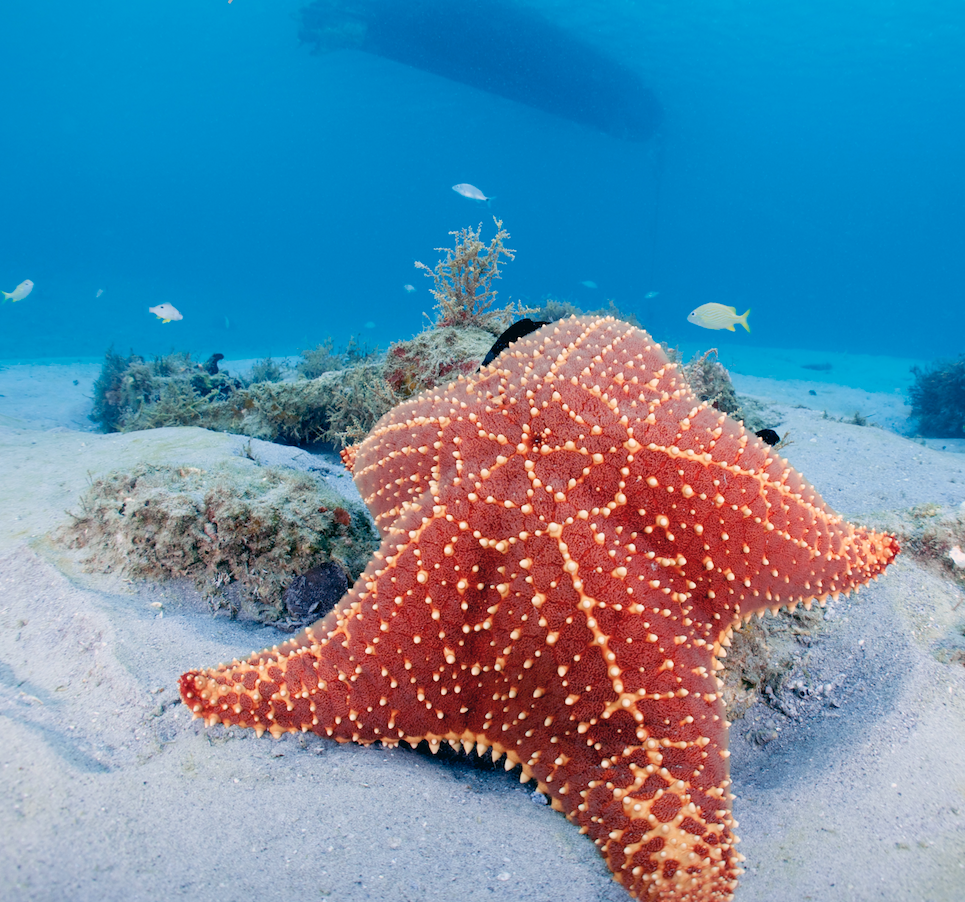
Sea stars are possibly one of the most recognizable and iconic of all marine wildlife species, and a coastal classic when it comes to shoreline visits. Yet, there’s so much more than meets the eye when it comes to these seemingly simple creatures. From thousands of hidden feet to the ability to grow back lost limbs, these seven facts about sea stars just might make your jaw drop in disbelief!
They aren’t fish
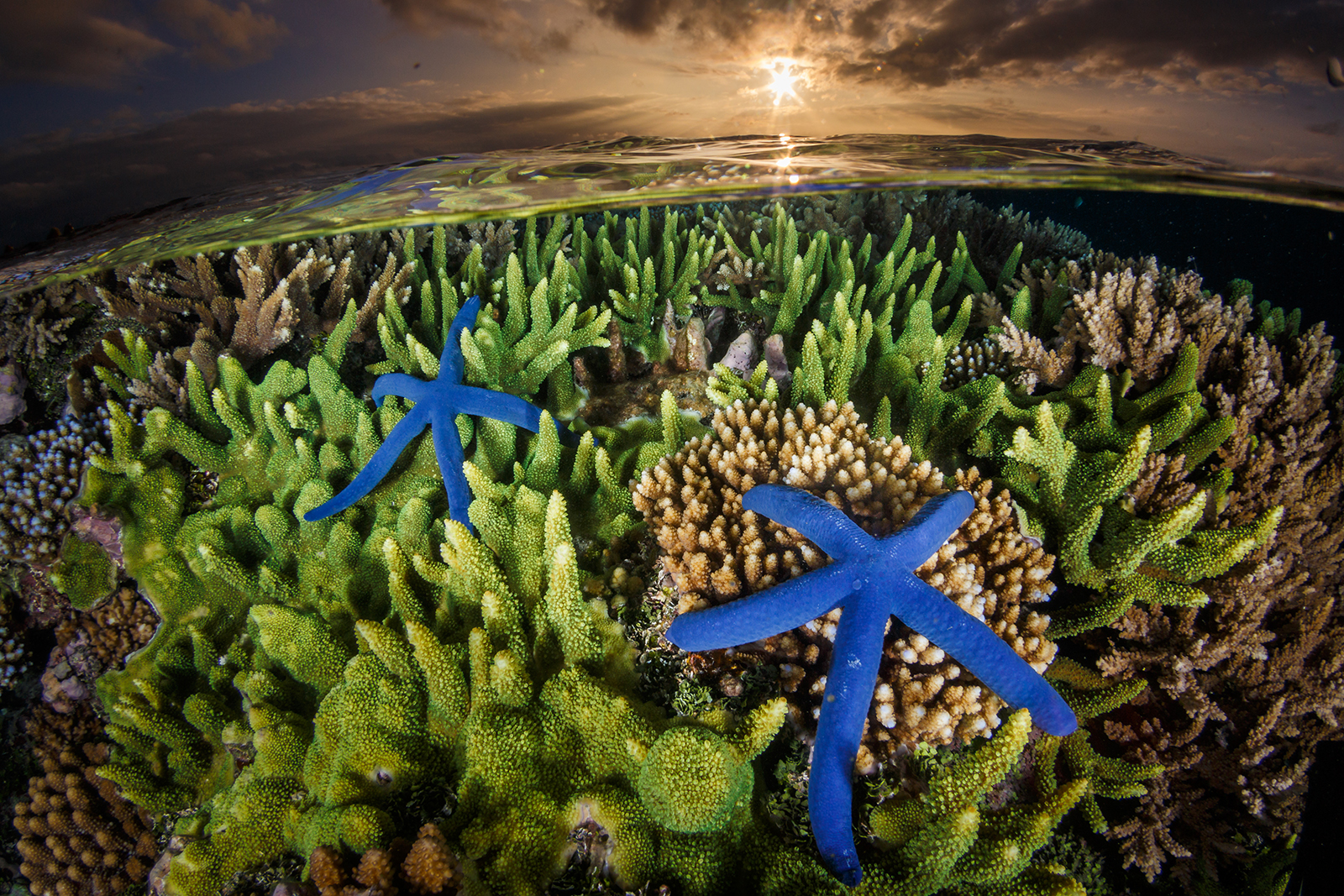
Sea stars lack a number of fishy anatomical features, including gills, scales or fins. Categorized in the phylum Echinodermata, they’re invertebrates, and are related to sand dollars, sea urchins, sea cucumbers and sea lilies. Since they aren’t fish, scientists tend to get a little irked when people call them “starfish,” so “sea stars” is a more appropriate term. The biggest fact to illuminate this difference? They don’t have fins, so they can’t swim around like fish can! However, that doesn’t mean they can’t move around.
These stars were made for walkin’

If you thought sea stars remained stagnant their entire lives, staying motionless in one place or floating with the tides, think again. On each of a sea star’s five arms, the bottom side of the limb presents a peculiar yet extraordinary feature. Each arm contains up to 15,000 tiny little ‘tube feet,’ which are able to orchestrate movements that ‘walk’ the sea star along…often quite efficiently! Recent research has discovered something even more astounding about these little feet, too: apparently, they contain a potent glue-like substance, which can secure the sea star to objects like rocks so that they don’t fall off or get washed away with the tide. Their feet will even secrete a solvent once the sea star needs to move somewhere else, dissolving the gluey-substance when the creature is ready.
They have two stomachs…and the way they eat might make your skin crawl

The anatomy of a sea star’s digestive system is quite alarming, and has an incredibly unique two-part stomach system. Here’s what happens during the digestive process: first, a sea star moves its entire body on top of its prey, so that its mouth is centered on the organism of choice. It will then use its sac-like cardiac stomach to ooze digestive enzymes onto their prey. Once the flesh of the prey is broken down enough, the second stomach portion (known as the pyloric stomach) engulfs the prey to complete digestion internally. Yes, you read that correctly: the first part of digestion occurs outside of the sea star’s body, where the animal essentially ‘throws up’ one of its organs, eventually completing the process by sucking everything back into itself. Nature is wild, and sometimes, a bit graphic. But hey, we’re not judging.
They’re extremely aggressive predators, and can sometimes be cannibalistic
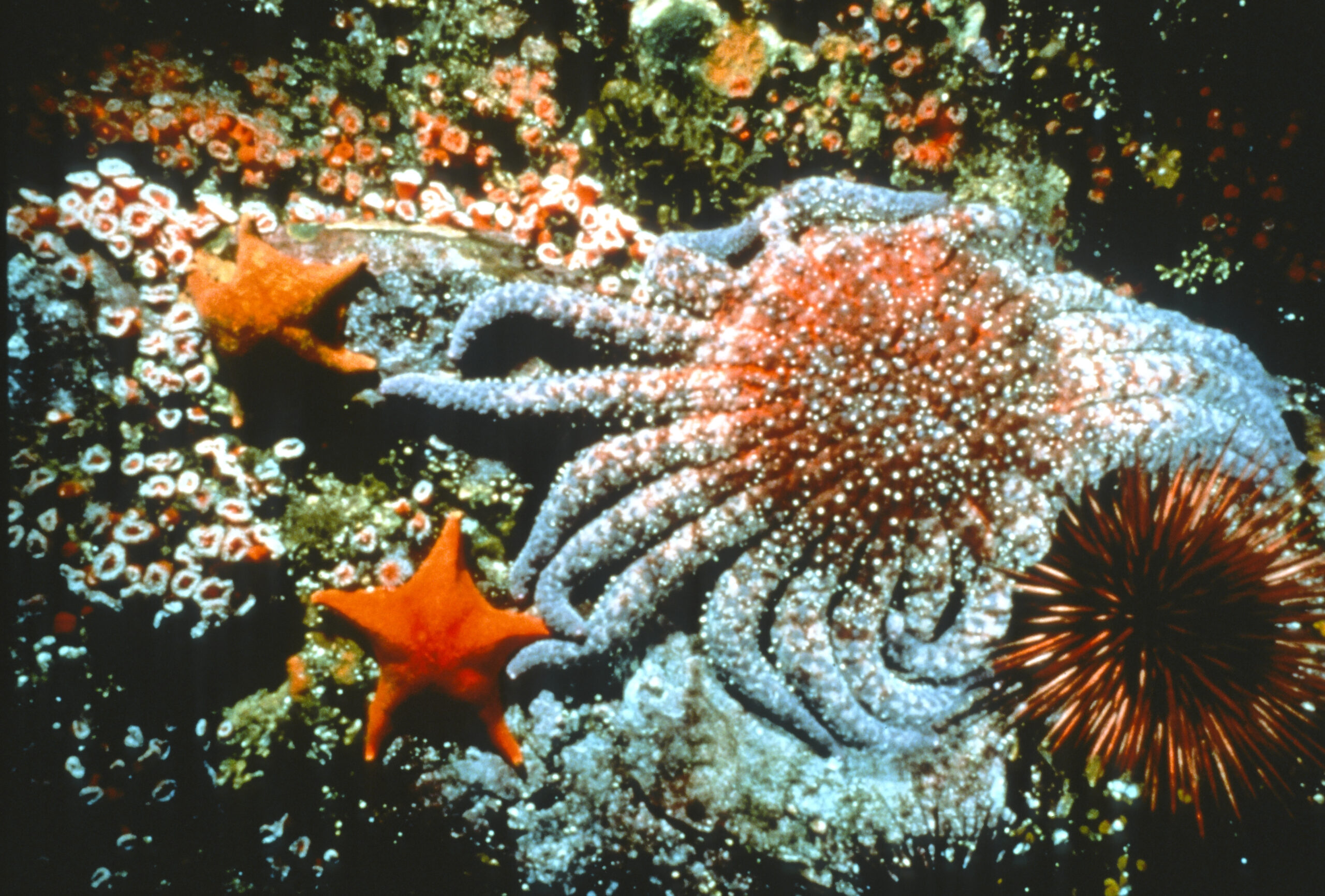
While your first instinct may be to consider sea stars as harmlessly docile grazers, most are actually insatiable carnivores. While they normally feed on organisms like coral, sponges, shellfish and algae, some will eat whatever they can manage to get their stomachs onto, and that includes—you guessed it—other sea stars, even of the same species. The chocolate chip sea star (Protoreaster nodosus) is just one sea star that has been documented to behave in this manner, but it’s said to be more of a chance mishap than a purposeful act of attacking the same species.
Not all sea stars have five arms
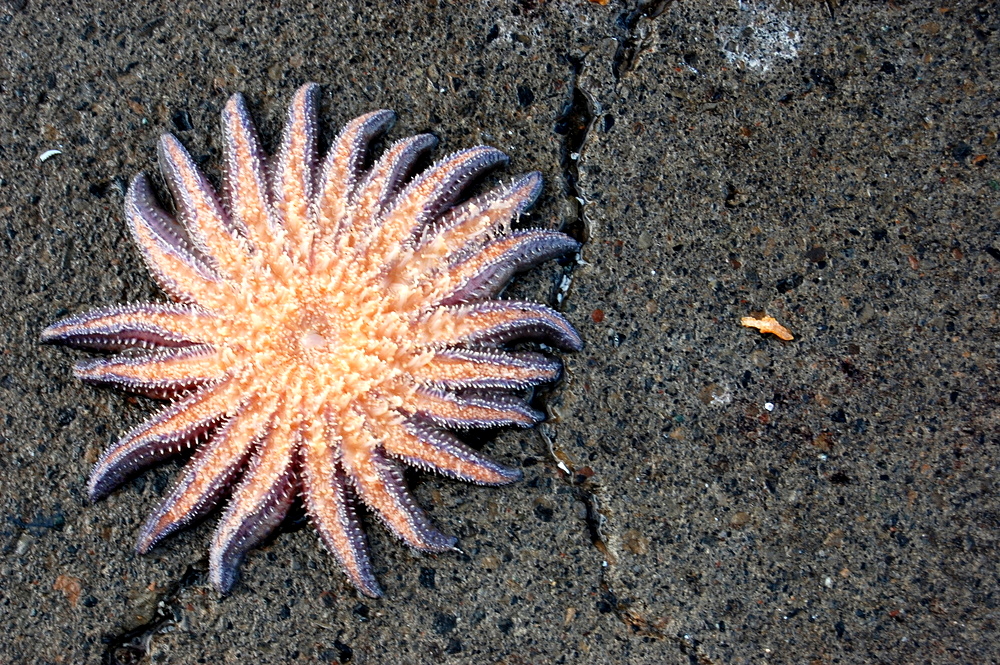
While the characteristic sea star figure that we tend to visualize in our minds has a total of five arms, these organisms refuse to be limited by our assumptions when it comes to their number of limbs. With more than 2,000 species of sea stars in our ocean today, there are individuals that present with 10, 20 or even 50 arms. One excellent example is the sun star, a hefty species known to grow many arms and weigh more than 10 pounds, showcasing arms that are configured in more of a solar ray-like arrangement than a classic star shape.
They can regrow their body parts
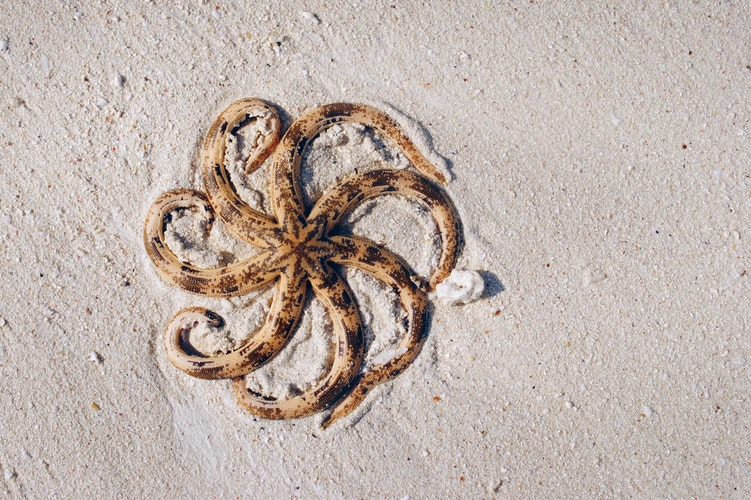
The ability to regrow body parts might sound like a bit of a fictional superpower, but for sea stars, it’s all just a part of their reality. Don’t let the fact that their arms are all coordinated around a center point fool you; the majority of sea star’s vital organs are actually housed in their arms. While some species require the core of their body to be in one piece in order for limb regeneration to occur, others have been known to grow an entirely new body from just one detached arm! This mechanism allows sea stars to prove themselves awfully resilient, living for up to 35 years in the wild.
They don’t have eyes like ours, but they can still ‘see’

While sea stars don’t exactly see like we do, they definitely aren’t blind. Instead of eyeballs, sea stars have tiny eye ‘spots’ embedded beneath the skin of each arm. While they’re certainly small, these spots are actually visible if you look very closely at the end of each limb. Usually appearing as a dot that is either black or reddish in coloration, these spots are photosensitive, enabling sea stars to recognize shapes as they navigate over the seafloor and around both peers and prey.
Sea stars are iconic creatures and are far more unique than they appear at first sight. And they aren’t the only marine wildlife with little-known astounding features! With our Wildlife Fact Sheets, you can learn new information about all your favorite ocean species. What new ocean trivia will you discover today?